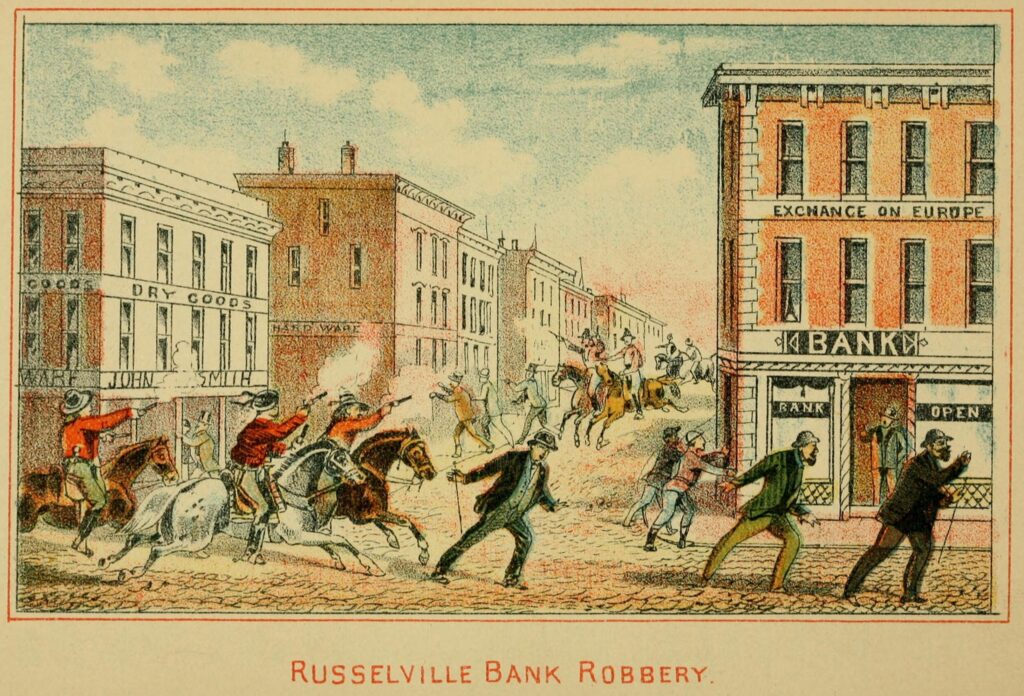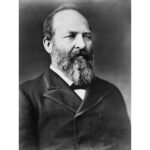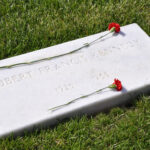On this day in 1882, the legendary outlaw Jesse Woodson James met his end in St. Joseph, Missouri. Born on September 5, 1847, in Kearney, Missouri, Jesse James grew up in a turbulent time. He came of age during the Civil War, and his family’s Confederate sympathies would shape his path. During the war, he fought as a guerilla and participated in massacres of unarmed Union soldiers on a train in Centralia, Missouri. These early experiences were crucial in molding Jesse’s career as an outlaw.
After the war, Jesse and his brother Frank formed the James-Younger Gang, which included other former Confederates like Cole Younger and his brothers. The gang’s actions, often carried out with a violent flair, made them both feared and celebrated. They targeted Republican-backed banks and trains that were symbols of resentment among the pro-Confederate portion of the population that made up Jame’s base of support. They hated the federal intervention of Reconstruction that had abolished slavery and granted civil rights to black Americans.
In 1876, the gang’s luck began to wane when they attempted to rob the First National Bank of Northfield, Minnesota, leading to the deaths of all gang members except James and Frank.
On April 3, 1882, Jesse’s life came to an end at the hands of one of his own gang members, Robert Ford. Ford, seeking a pardon and reward money, shot Jesse in the back of the head as he stood on a chair to straighten a picture on the wall. Jesse James died at the age of 34, leaving behind a legend that mythologized this ruthless criminal and white supremecist as a dashing scofflaw.
References:
https://www.pbs.org/wgbh/americanexperience/features/james-jesse/
https://www.britannica.com/biography/Jesse-James-American-outlaw




